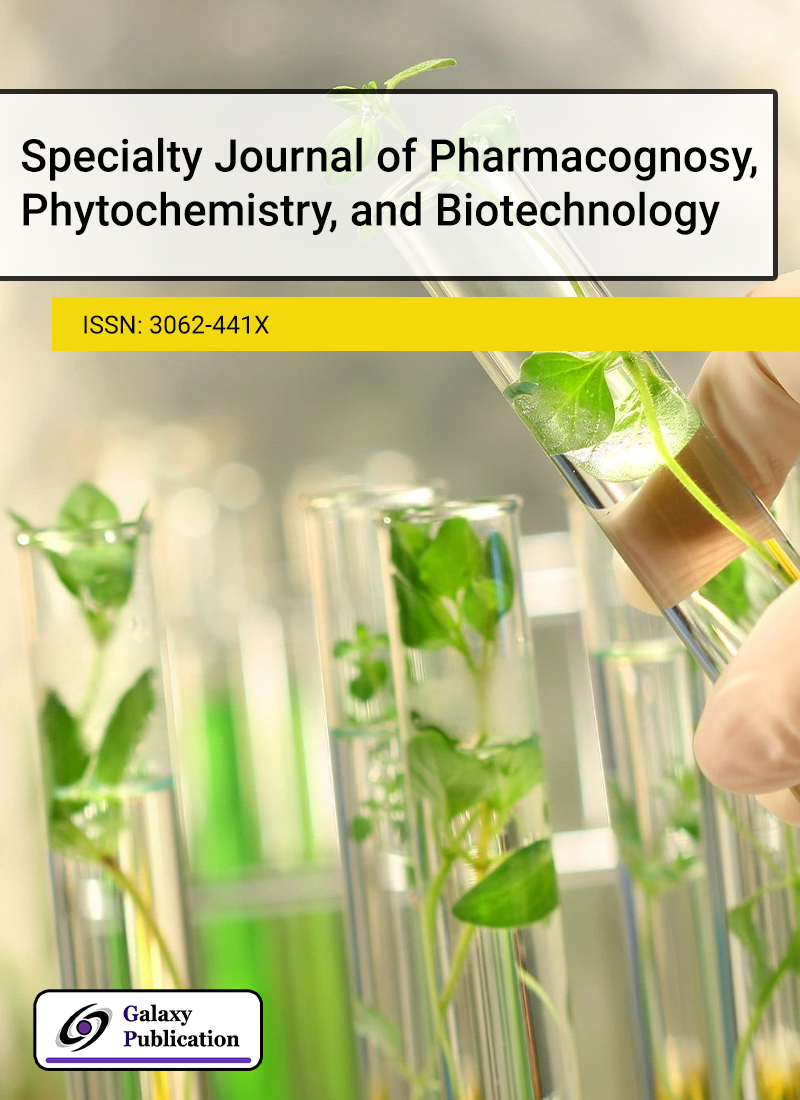
This study used network pharmacology strategies combined with multi-pathway analysis to investigate the potential bioactive constituents and underlying therapeutic mechanisms of the hospital-prepared Yinaoan capsule (YNA) for epilepsy treatment. The active compounds in YNA were systematically retrieved from multiple resources, including the traditional Chinese medicine system pharmacology database (TCMSP), the traditional Chinese medicines integrated database (TCMID), the encyclopedia of traditional Chinese medicine (ETCM), along with evidence from related literature. The pharmacokinetic properties of these compounds were predicted using the pkCSM platform. The SwissTargetPrediction tool was used to predict the molecular targets of the identified compounds. Meanwhile, known epilepsy-related targets and anti-epileptic drug-related data were extracted from databases such as Genecards and the therapeutic target database (TTD). The intersection between the targets of YNA-derived compounds and epilepsy-related targets was determined for further analysis. Kyoto encyclopedia of genes and genomes (KEGG) pathway enrichment analysis was conducted via the DAVID database to explore the involved signaling pathways. Network visualization and construction were performed using Gephi software. In addition, molecular docking validation was performed via Autodock Vina to evaluate the binding affinity of the major compounds with core targets. The KEGG analysis identified 27 important signaling pathways, including the calcium signaling pathway and the cAMP signaling pathway, associated with the therapeutic function of YNA. In addition, network analysis revealed 25 core targets, such as MAPK3 and PRKCA, alongside 20 key bioactive compounds, including GC195 and ZNX069. Molecular docking results confirmed strong binding interactions between these pivotal compounds and the identified targets. The findings suggest that YNA may exert anti-epileptic effects by modulating essential targets like MAPK3 and PRKCA, and activating critical pathways such as the calcium signaling pathway and the cAMP signaling pathway, primarily through key compounds such as GC195 and ZNX069.